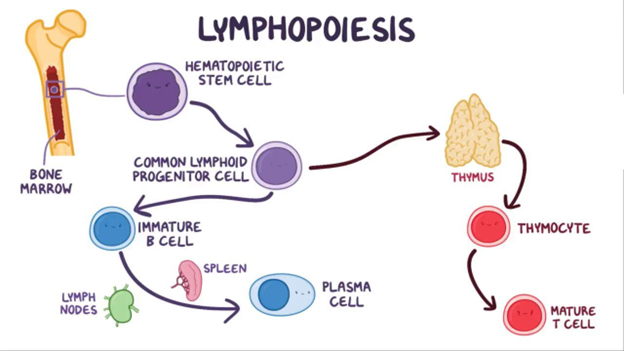Your 25-year-old female patient has been prescribed ciprofloxacin (Cipro) for a respiratory infection. Patient teaching includes which of the following?
Wear high-top shoes to avoid tendon rupture.
Use a barrier method of birth control (condoms) during antibiotic use.
Do not use any bronchodilator inhalers while taking the drug.
Stop the medication as soon as you feel better.
The Correct Answer is B
A. Wear high-top shoes to avoid tendon rupture:
This statement is incorrect. Tendon rupture is a known side effect of fluoroquinolone antibiotics like ciprofloxacin, especially in certain populations. However, wearing high-top shoes does not prevent this. Patients should be educated about the signs of tendon pain, swelling, or inflammation and should be advised to stop the medication and contact their healthcare provider if they experience such symptoms.
B. Use a barrier method of birth control (condoms) during antibiotic use:
This statement is partially correct. Antibiotics like ciprofloxacin do not interfere with the efficacy of hormonal birth control methods like pills, patches, or injections. However, it's advisable to use a barrier method like condoms as an additional form of contraception while taking antibiotics. This is to prevent potential interactions and ensure maximum contraceptive effectiveness.
C. Do not use any bronchodilator inhalers while taking the drug:
This statement is incorrect. Ciprofloxacin does not interact negatively with bronchodilator inhalers. Patients can continue using their prescribed inhalers as directed by their healthcare provider, especially if they are being used for conditions like asthma or chronic obstructive pulmonary disease (COPD).
D. Stop the medication as soon as you feel better:
This statement is incorrect. It's crucial for patients to complete the entire course of antibiotics as prescribed, even if they start feeling better before the course is finished. Stopping antibiotics prematurely can lead to incomplete eradication of the infection, potentially allowing the bacteria to develop resistance and cause a recurrence of the illness.
Nursing Test Bank
Naxlex Comprehensive Predictor Exams
Related Questions
Correct Answer is B
Explanation
A. Gut-associated lymphoid tissue (GALT): GALT is a component of the mucosa-associated lymphoid tissue (MALT) and refers to the immune cells found in the gastrointestinal tract. These cells play a significant role in local immune responses in the gut.
B. Bone marrow: The bone marrow is the primary site of blood cell production in the body. It contains stem cells that can differentiate into various blood cells, including B cells. B cells mature in the bone marrow.
C. Thymus: The thymus is an organ located near the heart and is crucial for the development of T cells. T cells mature in the thymus, where they learn to recognize self from non-self antigens.
D. Lymph nodes: Lymph nodes are small, bean-shaped structures that produce and store cells that help fight infection. While they are essential parts of the immune system, B and T cells are not originally derived from lymph nodes.

Correct Answer is D
Explanation
A. Aminoglycosides: Aminoglycosides are a different class of antibiotics. They do not have cross-sensitivity with penicillin. People who are allergic to penicillin can usually take aminoglycosides without a problem.
B. Erythromycins: Erythromycins are macrolide antibiotics. They are not related to penicillin structurally, so there is no cross-sensitivity between penicillin and erythromycins. People allergic to penicillin can generally take erythromycin without issues.
C. Quinolones: Quinolones, also known as fluoroquinolones, are a different class of antibiotics. They do not share a structural similarity with penicillin, so there is usually no cross-sensitivity between penicillin and quinolones. People allergic to penicillin can usually take quinolones without problems.
D. Cephalosporins: Cephalosporins are beta-lactam antibiotics, just like penicillins. They have a similar chemical structure to penicillins, which can lead to cross-sensitivity. Individuals who are allergic to penicillin might also have an allergic reaction to cephalosporins due to this structural resemblance. However, it's important to note that not all cephalosporins are the same, and the risk of cross-reactivity varies among different generations of cephalosporins. Healthcare providers need to assess the specific situation and choose an appropriate antibiotic if there is a known penicillin allergy.

Whether you are a student looking to ace your exams or a practicing nurse seeking to enhance your expertise , our nursing education contents will empower you with the confidence and competence to make a difference in the lives of patients and become a respected leader in the healthcare field.
Visit Naxlex, invest in your future and unlock endless possibilities with our unparalleled nursing education contents today
Report Wrong Answer on the Current Question
Do you disagree with the answer? If yes, what is your expected answer? Explain.
Kindly be descriptive with the issue you are facing.
